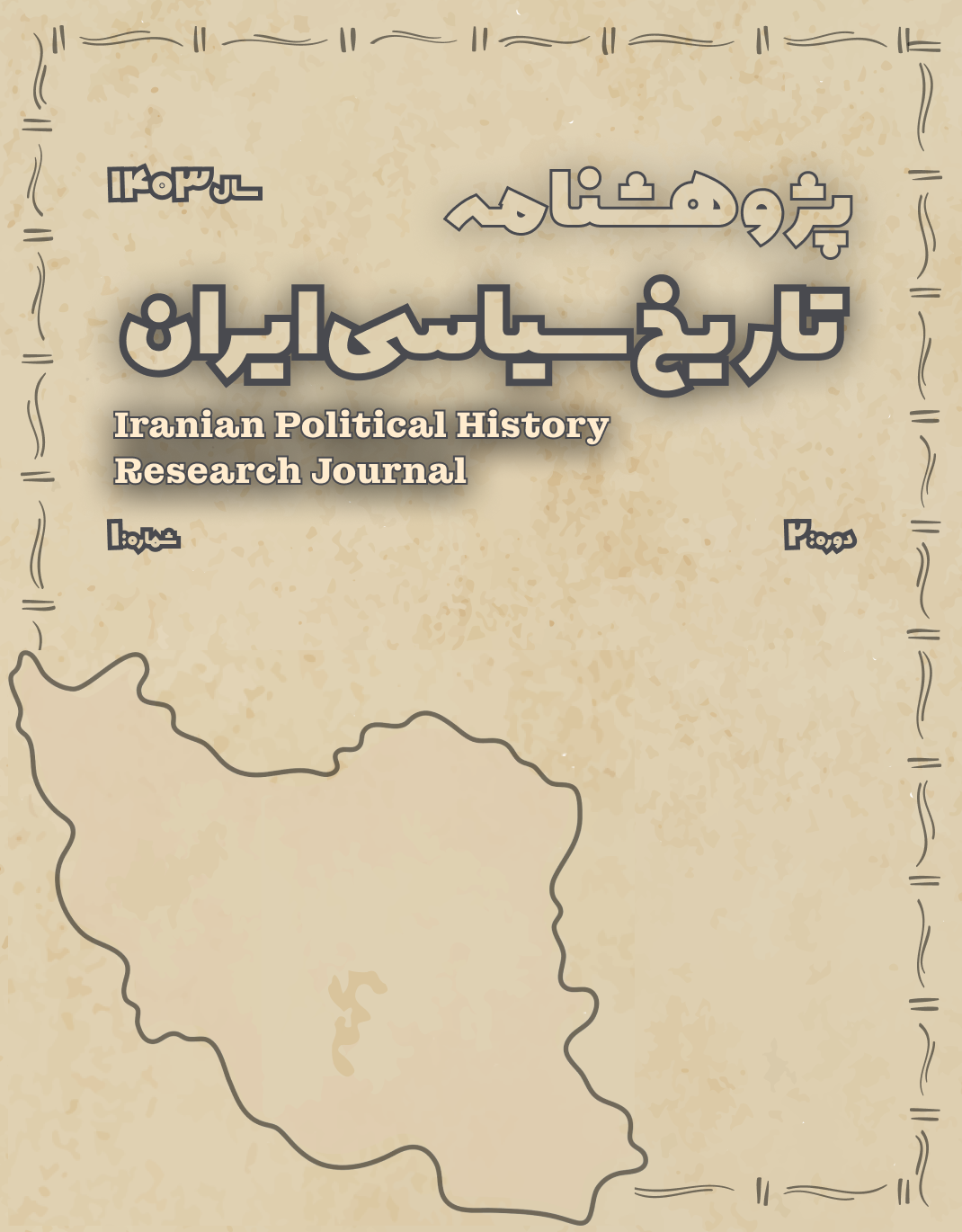Politics of Power in the Afsharid Era: Nader Shah as a Militaristic Monarch
Keywords:
Nader Shah, militaristic monarchy, charismatic authority, legitimate violence, succession crisis, political structure in IranAbstract
This article aims to analyze the politics of power during the Afsharid era by reexamining the rule of Nader Shah as a case of “militaristic monarchy.” Following the collapse of the Safavid dynasty and the resulting political, social, and religious crises triggered by the Afghan invasion and the decline of Shi‘ite legitimacy, Iran entered a state of anarchy and statelessness. In this vacuum, Nader Shah emerged through military power and established a political system characterized by concentrated authority, elimination of intermediary institutions, institutionalized violence, and a lack of traditional legitimacy. Using a historical-analytical method and a theoretical framework grounded in Weber’s charismatic authority, Foucault’s concept of legitimate violence, and discourse analysis of power, the study reveals that Nader reduced the state to a military apparatus and structured a regime that lacked the institutional continuity to survive after his death. The findings indicate that his rule was based on fear, military loyalty, and personal charisma, leading to a collapse of legitimacy and political cohesion after his assassination. Comparative analysis with similar militaristic regimes such as those of Tamerlane, Shah Abbas I, and the Mongol Khans demonstrates that while these rulers achieved a degree of institutional stability despite their violent methods, Nader failed to do so. Consequently, the Afsharid experience serves as a historical example of “authority without institutions” — one that imposed short-term centralization but led to long-term disintegration. The article suggests that future research should focus on interdisciplinary and structural analysis of militarized monarchy in Iranian political history.
Downloads
References
Amanat, A. (2017). Iran: A Modern History. Yale University Press.
Axworthy, M. (2006). The Sword of Persia: Nader Shah, from Tribal Warrior to Conquering Tyrant. I.B. Tauris.
Floor, W. (2008). A Fiscal History of Iran in the Safavid and Qajar Periods, 1500–1925. Mage Publishers.
Lockhart, L. (1938). Nadir Shah: A Critical Study Based Mainly upon Contemporary Sources. Luzac & Co.
Manz, B. (1999). The Rise and Rule of Tamerlane. Cambridge University Press.
Matthee, R. (2012). Persia in Crisis: Safavid Decline and the Fall of Isfahan. I.B. Tauris.
Savory, R. (1980). The Safavid Dynasty. Columbia University Press.
Weber, M. (1978). Economy and Society: An Outline of Interpretive Sociology (G. Roth & C. Wittich, Eds.). University of California Press.









